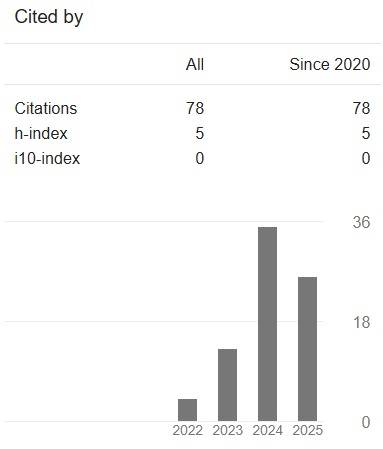Heat Transfer Characteristics of Aluminium Oxide-Based Ethylene Gycol/Water Nanofluids as a Coolant for Car Radiator
DOI:
https://doi.org/10.24191/jaeds.v2i1.49Abstract
An automotive radiator acts as a cooling system for a car engine by dissipating excessive heat generated in the engine to the surrounding. Since the pump for the coolant and the fan extract obtain their power from the car engine, the car radiator with a low-pressure drop has the potential for lower energy consumption. This study is conducted to analyze the thermal characteristics of nanofluid coolants. The coolant is made of Alumina Oxide (Al2O3) based Ethylene Glycol, which flows inside the radiator tubes to enhance the car radiator’s heat transfer. A vortex generator fins with flat tube was selected and numerically studied using ANSYS fluent software with the Al2O3 combined with 20:80 EG. The thermal performance of the car radiator was analyzed by using four different volume concentrations: 1vol%,3vol%, 6vol% and 9vol%. Enhancement of the Nusselt number was observed with an increase in nanofluid concentration. For example, at 0.09 concentration, the Nusselt number equal to 33.3425, heat transfer coefficient of 441.857 W/m2K, and thermal conductivity of 0.7156 W/m K were obtained. The numerical results show good agreement with experimental data from the literature
Downloads
Downloads
Published
How to Cite
Issue
Section
License
Copyright (c) 2022 Dr. Al Hassan Salami Tijani

This work is licensed under a Creative Commons Attribution 4.0 International License.









